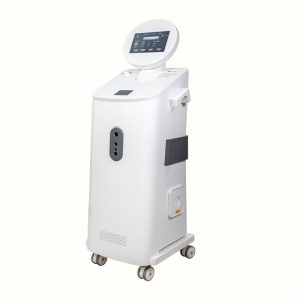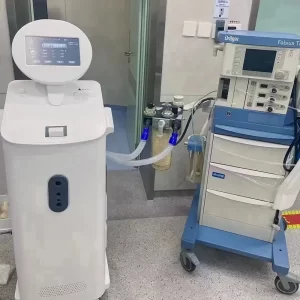Before purchasing our anesthesia breathing circuit sterilizer, we often receive some questions from customers, they will ask: Will the sterilizer cause potential corrosion to the treated equipment? These are issues, which we must address with accurate information and a comprehensive understanding of the disinfection process.

First, material compatibility and expertise
The claim that our products are "No Corrosion, No Damage, Non-Destructive" is backed by a few key factors:
Second, the material composition: the disinfection parts are made of stainless steel, alloy, silica gel, plastic, ceramics and other corrosion-resistant materials. No contact with corrosive materials, thus eliminating the possibility of corrosion.
Third, corrosion conditions: It must be understood that corrosion is not a general result. Corrosion occurs when certain conditions are concentrated, such as prolonged exposure to corrosive agents, specific concentration levels, and interaction with corrosive materials. These conditions must be thoroughly analyzed before claiming potential corrosion.
Fourth, safety monitoring: Our products have a safety data monitoring function, which can dynamically evaluate the concentration and temperature parameters during the disinfection process in real time. Disinfection machines sound an immediate alert in the event of an abnormal condition, minimizing the risks associated with corrosion.
Fifth, test verification: the product has been strictly tested and verified by a national authority. The results of these tests confirm our claim that there will be no corrosion and no damage to the treated equipment.

Conclusion: Ensuring Security and Compatibility
Claims that sterilizers are inherently corrosive to treated equipment are unfounded. Material compatibility, meticulous engineering design and strict safety monitoring system ensure that the disinfection process will not cause any damage to the equipment.
It is critical for consumers and medical professionals to be informed and rely on accurate data rather than unproven assumptions. If executed precisely and safety protocols are followed, the sterilization process remains an important aspect of maintaining a hygienic and sterile healthcare environment.